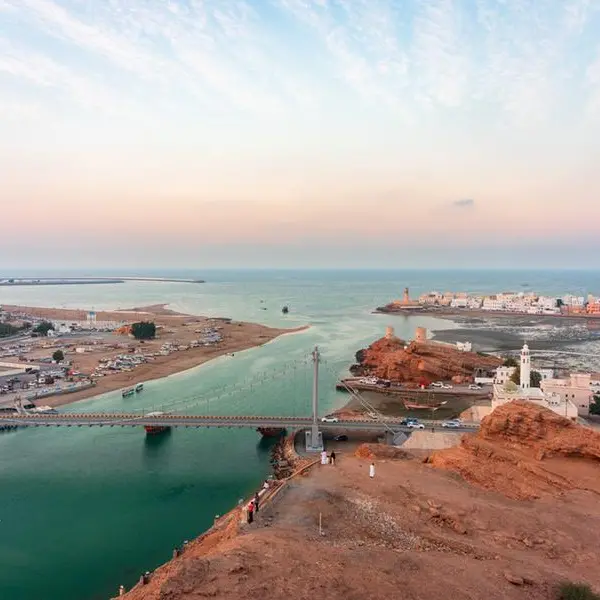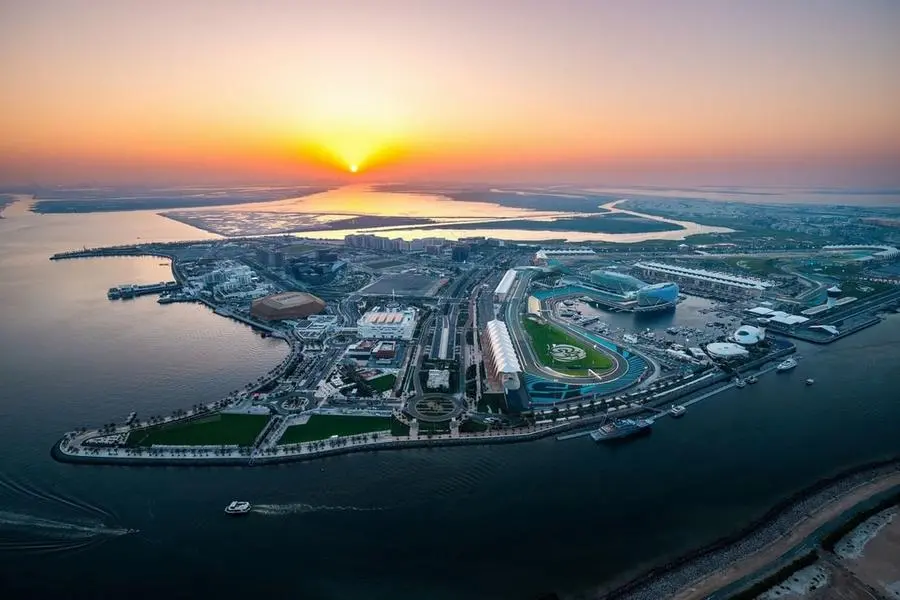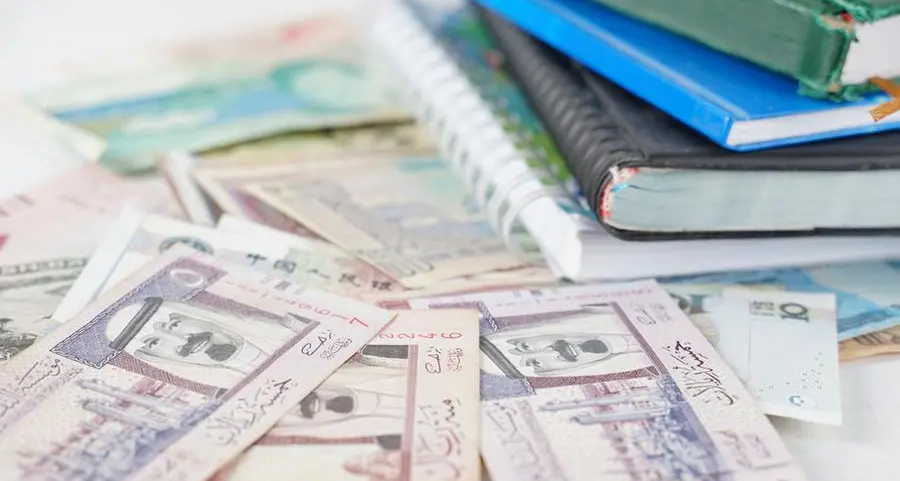PHOTO
Image used for illustrative purpose only. Rendering of MAN Energy Solutions' green hydrogen production system using electrolysers
Global electrolyser pipeline as of end 2022 stands at over 1065 gigawatts (GW), according to Globaldata. In comparison the world’s total installed capacity was just 300 megawatts (MW) and the total production capacity sat at just 2 GW globally in 2020, according to a Zawya Projects report.
Hydrog(e)nics, Nel ASA, ThyssenKrupp, ITM Power, HydrogenPro, Enapter and Plug Power are the leading electrolyser manufacturers with orders to supply the capacity required, the report said.
Hydrog(e)nics and Nel are the top electrolyser manufacturers with 811 ktpa and 680 ktpa in the pipeline respectively.
The total pipeline capacity for green hydrogen projects reached 166 mtpa by the end of 2022, representing over 90 percent of the total low-carbon hydrogen upcoming capacity.
Green Hydrogen International (GHI), Suez Canal Economic Zone, the New and Renewable Energy Authority, the Sovereign Fund of Egypt, the Egyptian Electricity Transmission Company and H2 Clean Energy are the leading companies proposing to develop the most capacity, it noted.
GHI with 37,032 ktpa (kilo tons per annum) and SCZone with 7,745 ktpa are the top two developers in terms of capacity. Egypt’s Ministry of Electricity and Renewable Energy (New and Renewable Energy Authority) and Sovereign Wealth Fund of Egypt (TSFE) occupy the third and fourth slots with a capacity of 6,798 ktpa and 6678 ktpa respectively.
The leading EPC (engineering, procurement and construction) companies competing for green hydrogen projects are Globeleq Africa, Linde, John Wood Group, ThyssenKrupp, H2-Industries, Alcazar energy and Samsung Engineering, according to the report.
Globeleq tops the EPC list with 2,000 ktpa in the pipeline and Linde, which is developing less than half of that capacity, takes the second spot.
(Writing by Sowmya Sundar; Editing by Anoop Menon)























